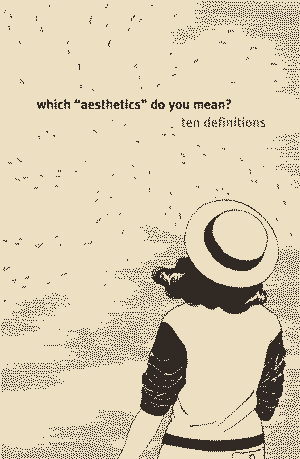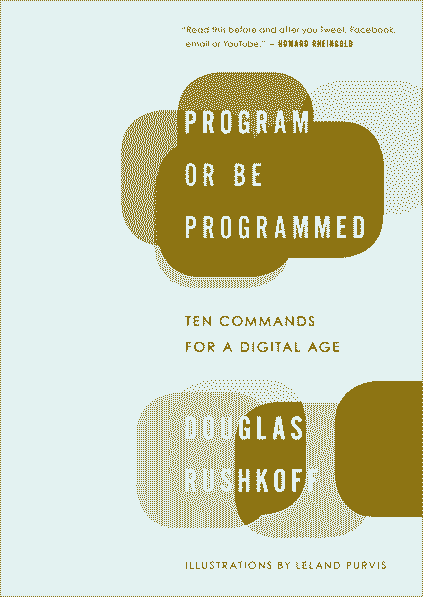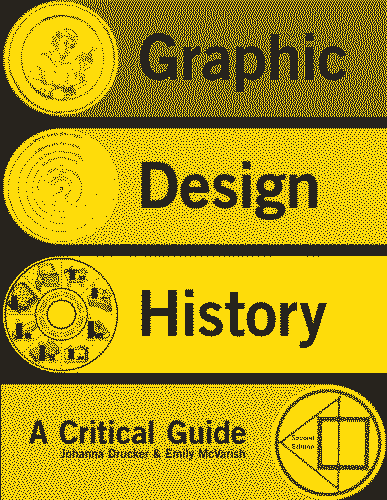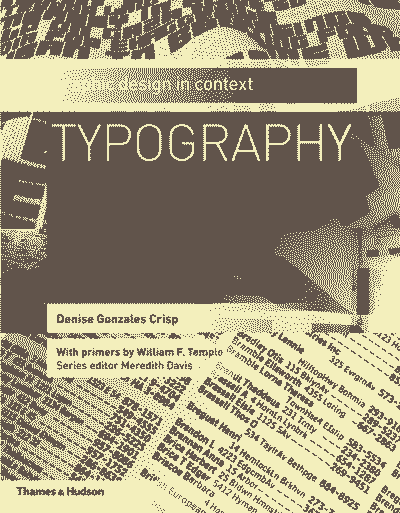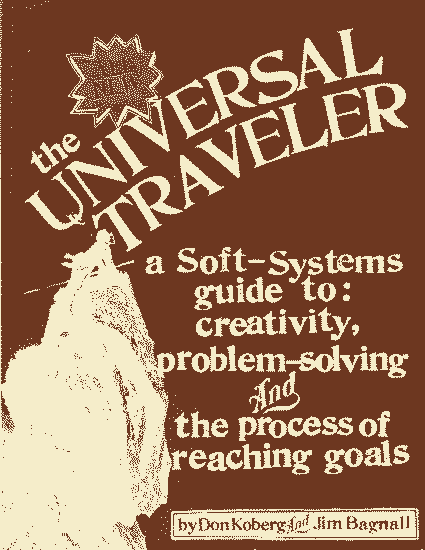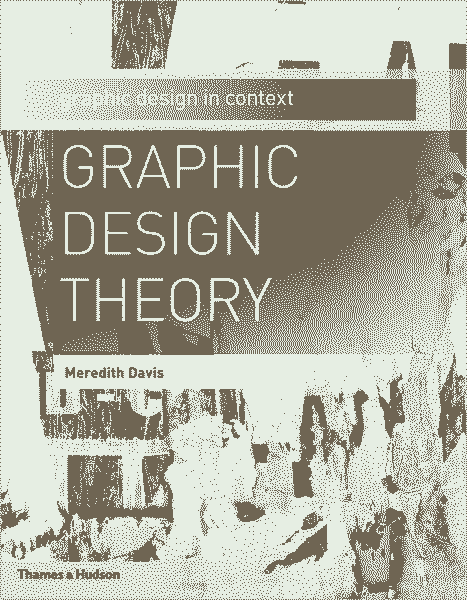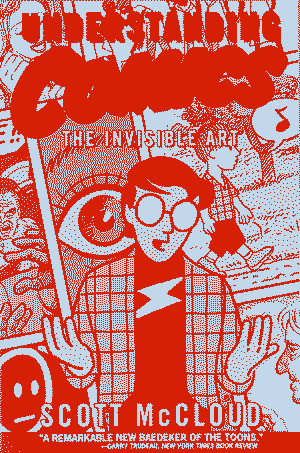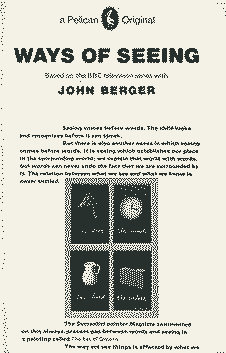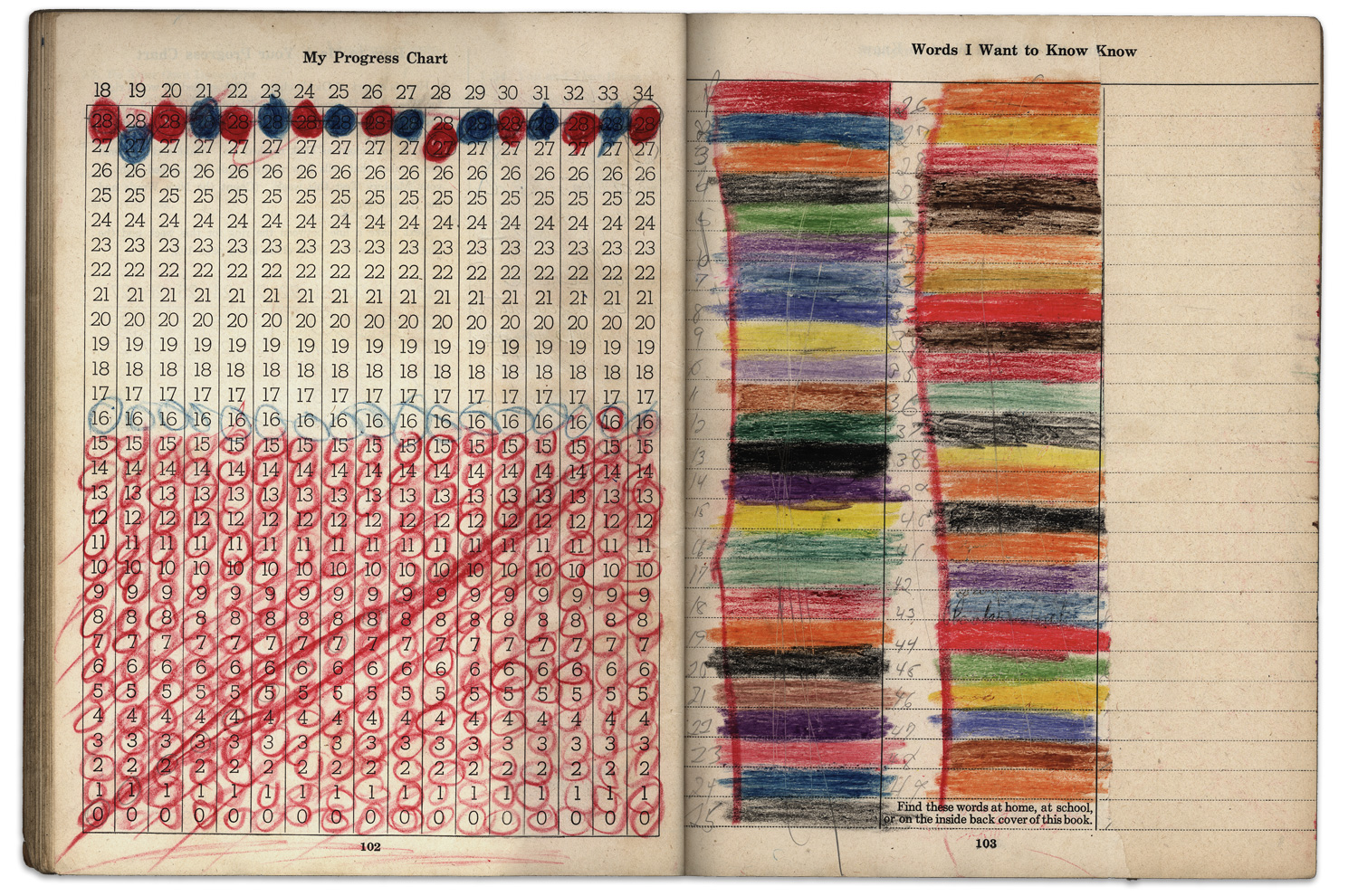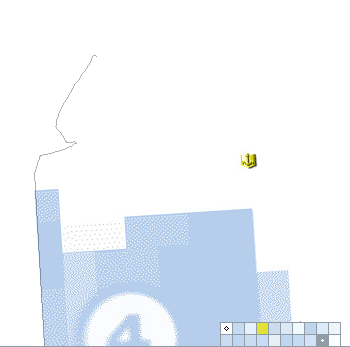A New Year and time to define a few things:
Here’s to the New Year and greater clarity in definition!
To get started, here is a fast slice at a great misconception.
ART DIRECTOR (akin to Design Director or Creative Director): A non-academic, practice-based, leadership role within the semi-professions of Graphic Design or Advertising (among others).
CLIENT (sometimes called first client, but only once): One who seeks and compensates the services of a service provider/designer (course credit/grade must not be confused with compensation).
DESIGN TEACHER (akin to Professor, Mentor, Coach, Facilitator and/or Educator): An academic, professional, service role within a college or university tasked with providing relevant curricula and effective pedagogy aligned with current professional, technological, social, and cultural standards of practice and the individual interests of the student designer.
Note: these standards of practice are defined by the semi-profession at large, their collective organizations, and the fullest range of contexts in which they work. This definition is not set by personal whim or individual inclinations that may align with one’s singular knowledge, skill, comfort, or lack thereof.
A design teacher in their role as service provider is not an Art Director nor a Client (“first” or otherwise, convenient metaphor or not). For a “design teacher” to designate themselves as either is a deep error in concept and purpose and leads to non-curricula, odd and fearful positions of authority, incompetence/amateurism, confusion, frog-walking, anti-creativity, and anti-education. It also kills all the process, surprise, and goodness that encourages anyone to seek an education in the arts or design. To play in such terms is a gross misunderstanding of design, education, and what any university holds as their charter. The responsibilities of a design teacher are not superseded nor offset by falsely attaching the role or designation of Art Director and/or Client. However, doing so often times successfully shirks most or all educational responsibility and any positive result.
A teacher is one who, to the best of their abilities encourages the creative development and exploration of student designers. Their role is not one of a connoisseur bestowing their limited personal preferences in any role—even if those roles exist in semi-professional practice and sound fun and/or authoritative. In practice, a solid and competent Art Director will show skill based on their ability to speak multiple visual languages and work across a range of media (more than print or print hinting at other forms, and greater complexity than three formulaic variables). That is to say, you will not see a meager gamut of formal exploration and execution repeated ad nauseum (pun not intended but works all the same).
Clients may exist in academic settings as a third-party along with students and a design teacher or teachers. These clients are frequently state or not-for-profit groups. Their content and perspective may greatly enrich the process and results. Faculty members assigning themselves the designation of “client” to their students further overlook the greater role of true and constructive client collaboration within a studio-based learning environment.
As Mom used to say: “knowing is like time-travel!” Welcome to 2014 (or at least 2004).
——————————————————————————————————
Much more could be said in terms of the artist-teacher role, apprenticeships, and how one studies a craft like pottery vs. a contemporary design education. They are not mutually exclusive, but they are certainly not the same. More could be said about a design education at a state university in 2014 vs. 1974 or the difference between a BA and a BFA and the spectra of BFA available or a host of time-warping concepts about relevance, responsibility, competence, and creative learning environs of our present age. And getting your time and money’s worth, etc, and, and, and… Maybe more of that in the next few weeks.
Wise words from bentoalson on reddit/instagram.

a few bookssome are priced nice


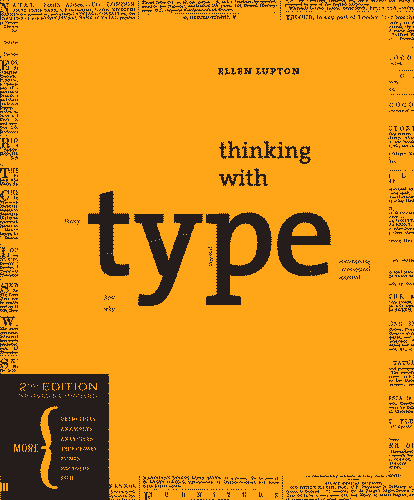

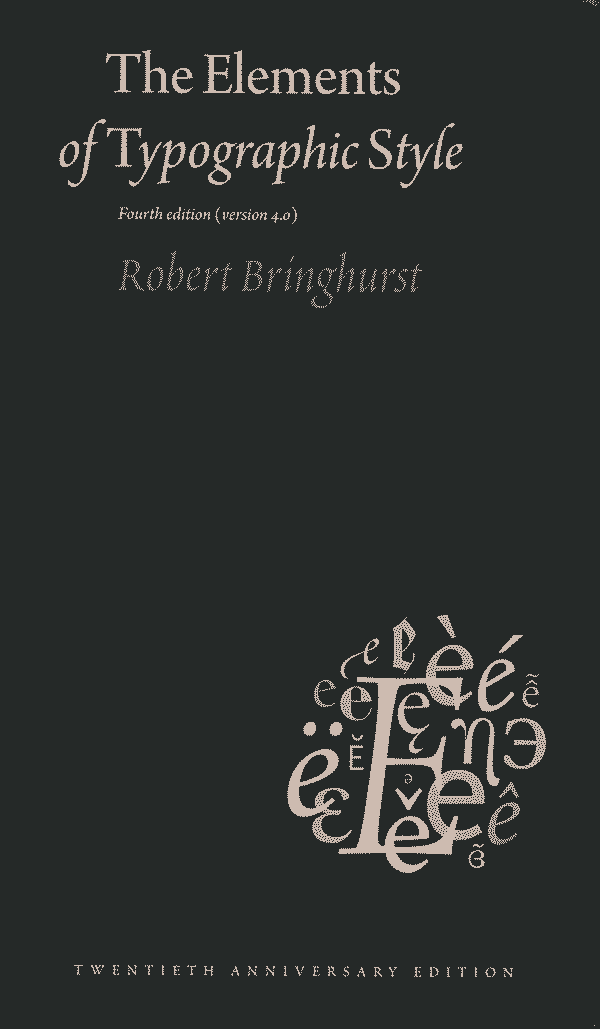
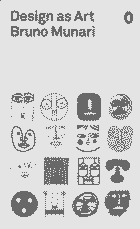
Casa Desmontable 8×8 / Jean Prouvé
More at DesignBoom. And more about Jean Prouvé.
This is Packaging [re] Design:
Words:
Here comes 2014—
After they had voiced the fullest description of the day, a few said, “perhaps” along with “but” and a fill-in the blank array of excuse and unstudied opinion. Seeking an accountable and relevant definition that might lead to competence, action, and fulfillment of the charter, they fell solid into silence except for the passing murmurs needed to warm and bite. Not so much a falling as a fact—automatic, autonomic in impossible self-preservation. A move, a definition was not going to happen if even for another, the learning other. Not because it couldn’t or shouldn’t. This simply would not as the line was drawn decades earlier. Such an exercise just wasn’t self-reassuring—it was nothing of the easy comfort which was certainly of a falling and little more. Some pointed fingers but for will, a full turn. Excuse became creative exercise and why not. It had all become so fast, complicated, and demanding. Desiring hollow virtue and the fears that follow easy. The one in the corner popped on some MGMT. It was Time to Pretend. The day stretched into tan and gray—it was a wonder and all was well, again.
Here it comes—
Print is not dead yet!
Interactive print. UX. Science. Light-up colourful things with buttons.
Unicorns, Rainbows, and [stuff]: The Rise and Fall of Lisa Frank
This is just so dang depressing.
Beautiful design doesn’t necessarily come from a beautiful designer.
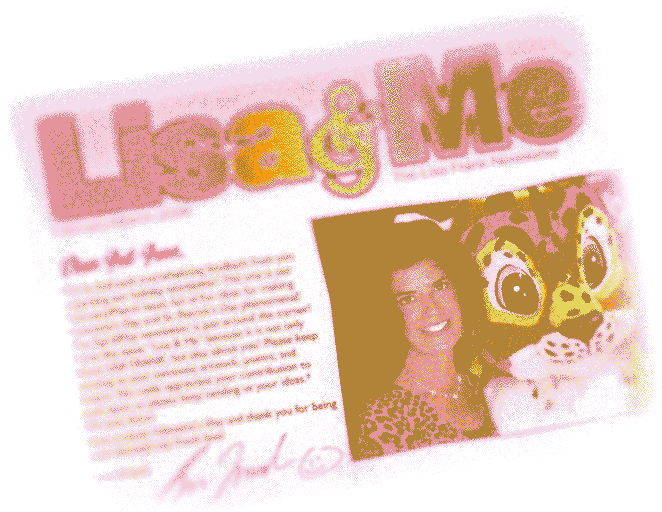
It’s like all of the questions I’ve ever had have been answered.
The satisfaction of knowing, yo.
(Click the picture or the link, you want to see all of them, trust me.)

from A.G.:
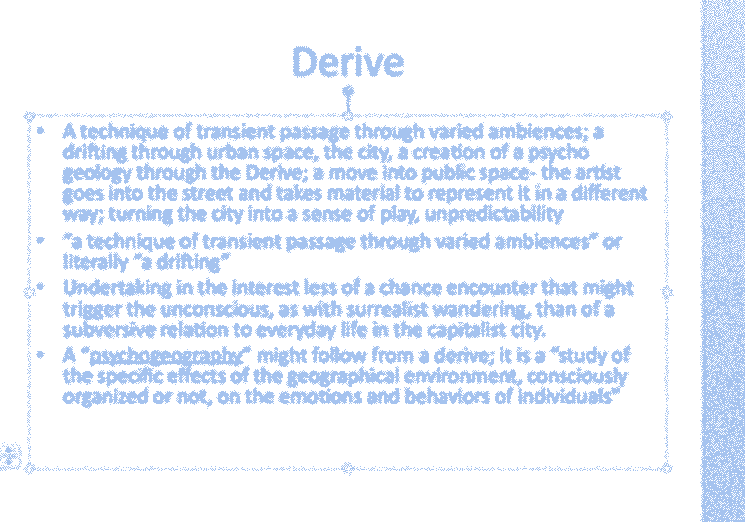
Keep em smiling—
This from Slate on creativity, creative folk, and just how much we may not really like such things even though we say we do.
because
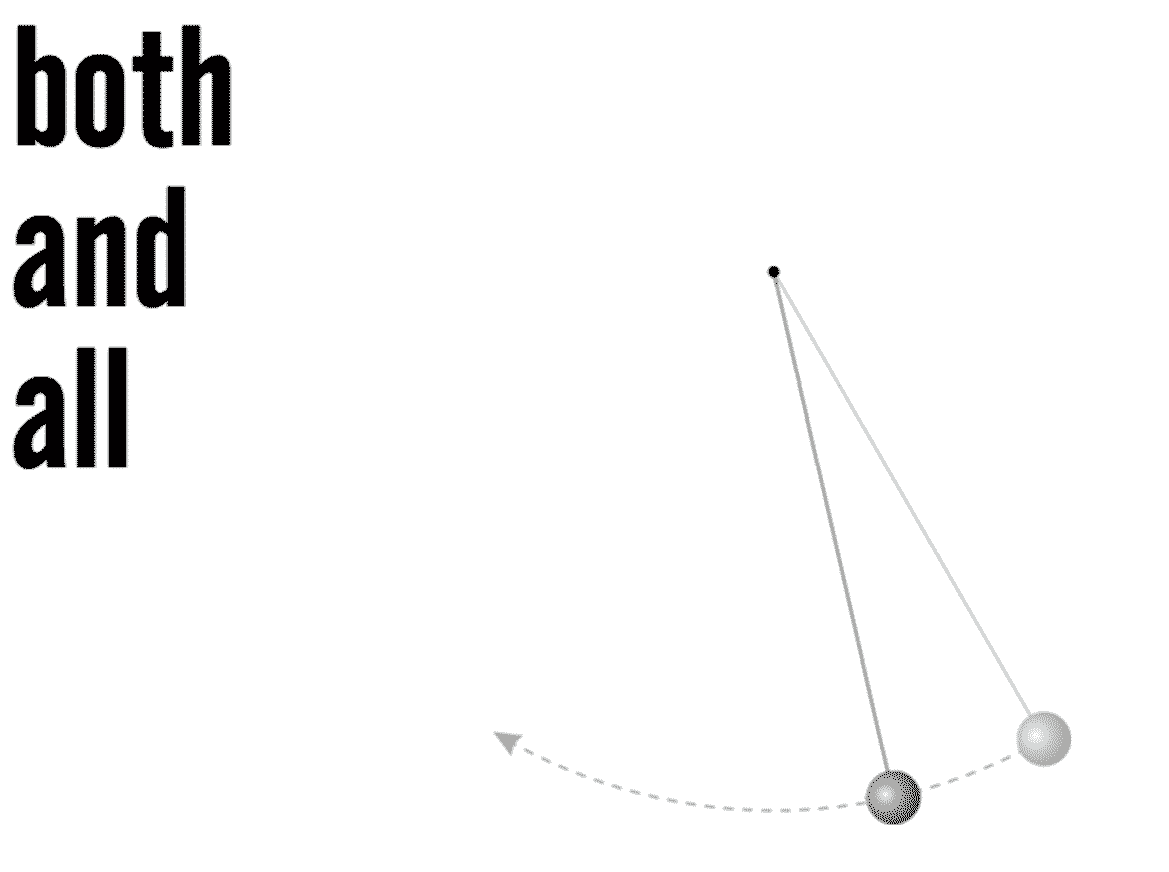
Matt on Processand Play
“…I feel balance is important. Time spent designing needs to be balanced with time spent not designing, lest the design become stale with overuse.” — Matt L.


The Prolog cut short, undialogedThe Ripe Satire, uncomediedAnd all for the
Earnest Seeking Ones, uncompromisingTo the Full Lot, unnumbered!

Resource-filled

Blacked Out Beauty
An editorial on censorship:
http://www.editorialdesignserved.co/gallery/North-Korean-Magazine/8640321
SHOP-n-droptoday’s special!
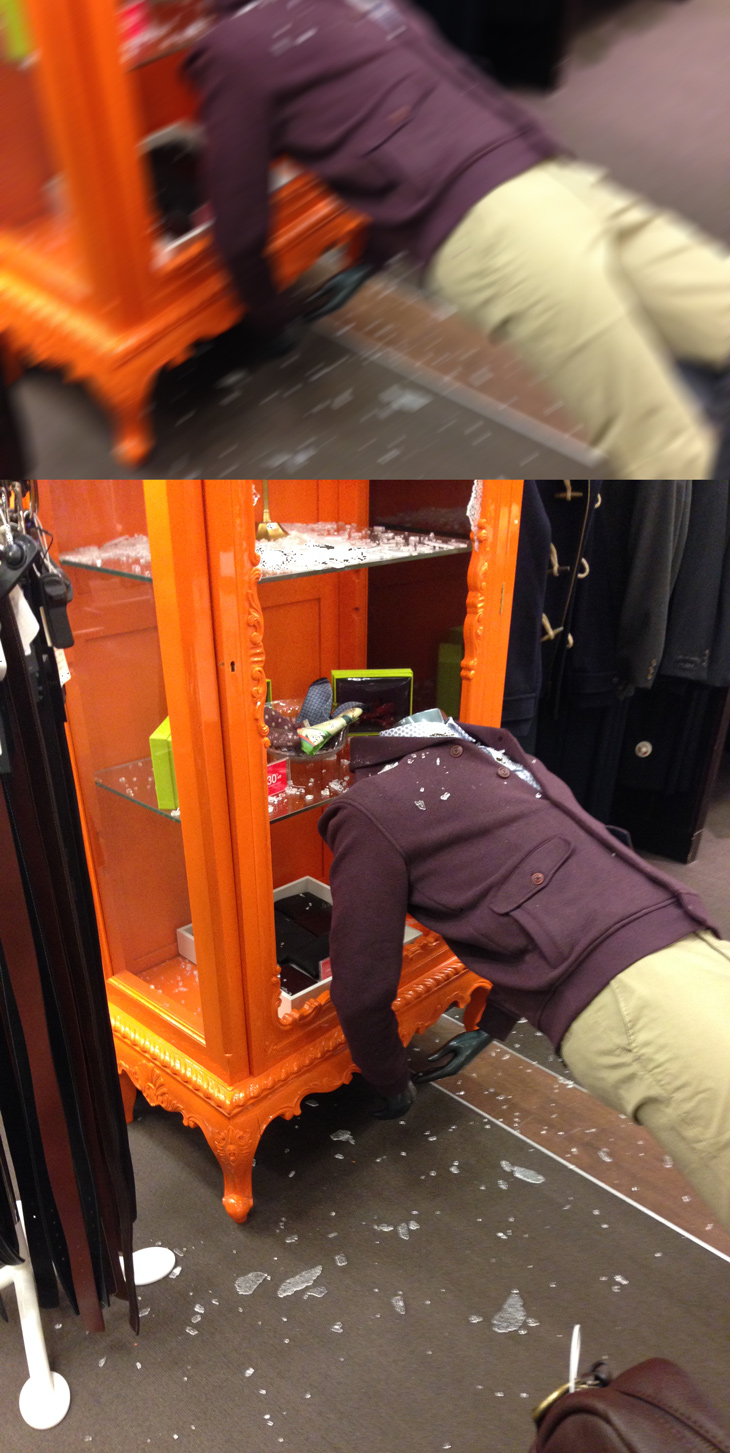
use —ful –ness -es
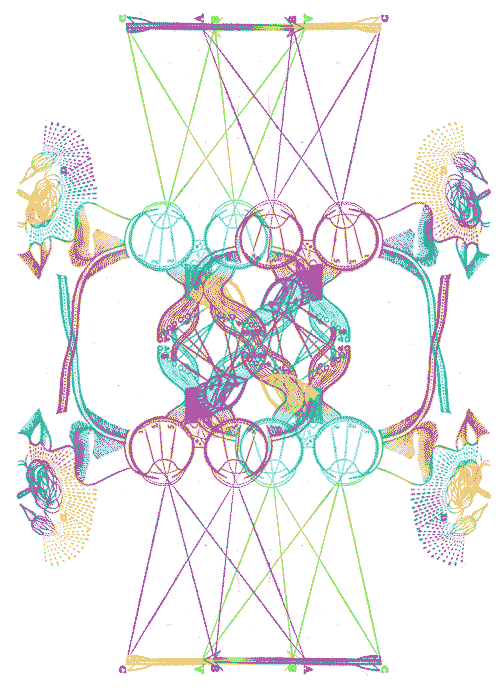
When do you remove the point to arrive at pointless?
Pointless Diagrams
Because rationality is not essential.
Or, according the the creator, “just ’cause.”

‡‡‡
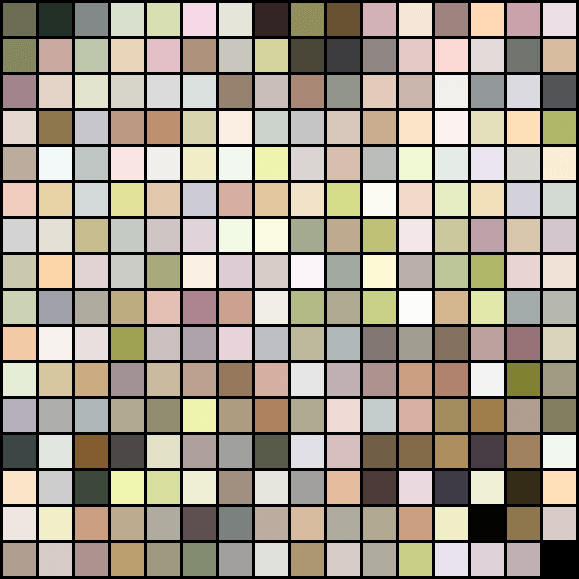
Enjoy!

Yet—
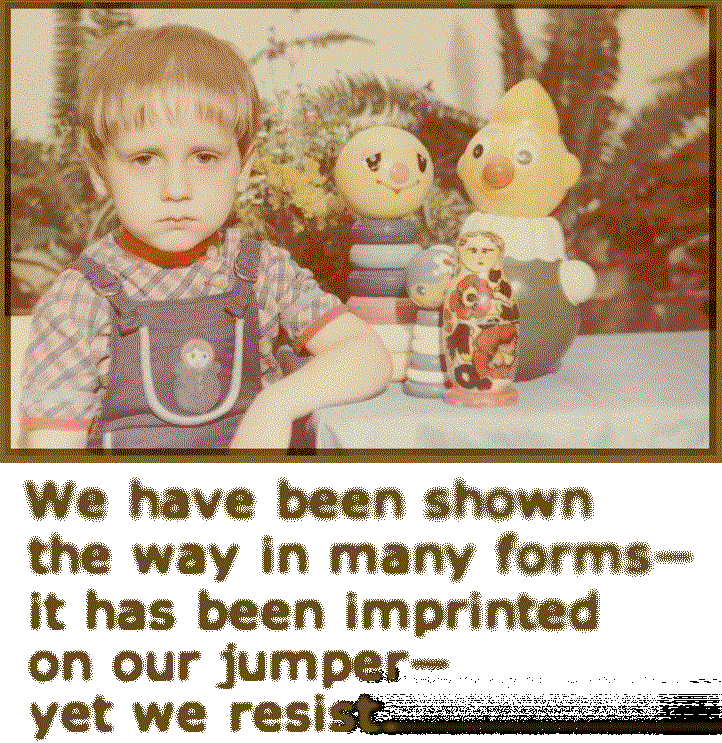
Project Hdocumentary
Julie R.:
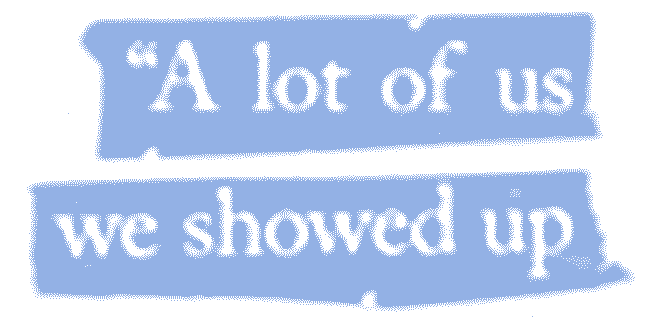
restart

silence

+ fourth





